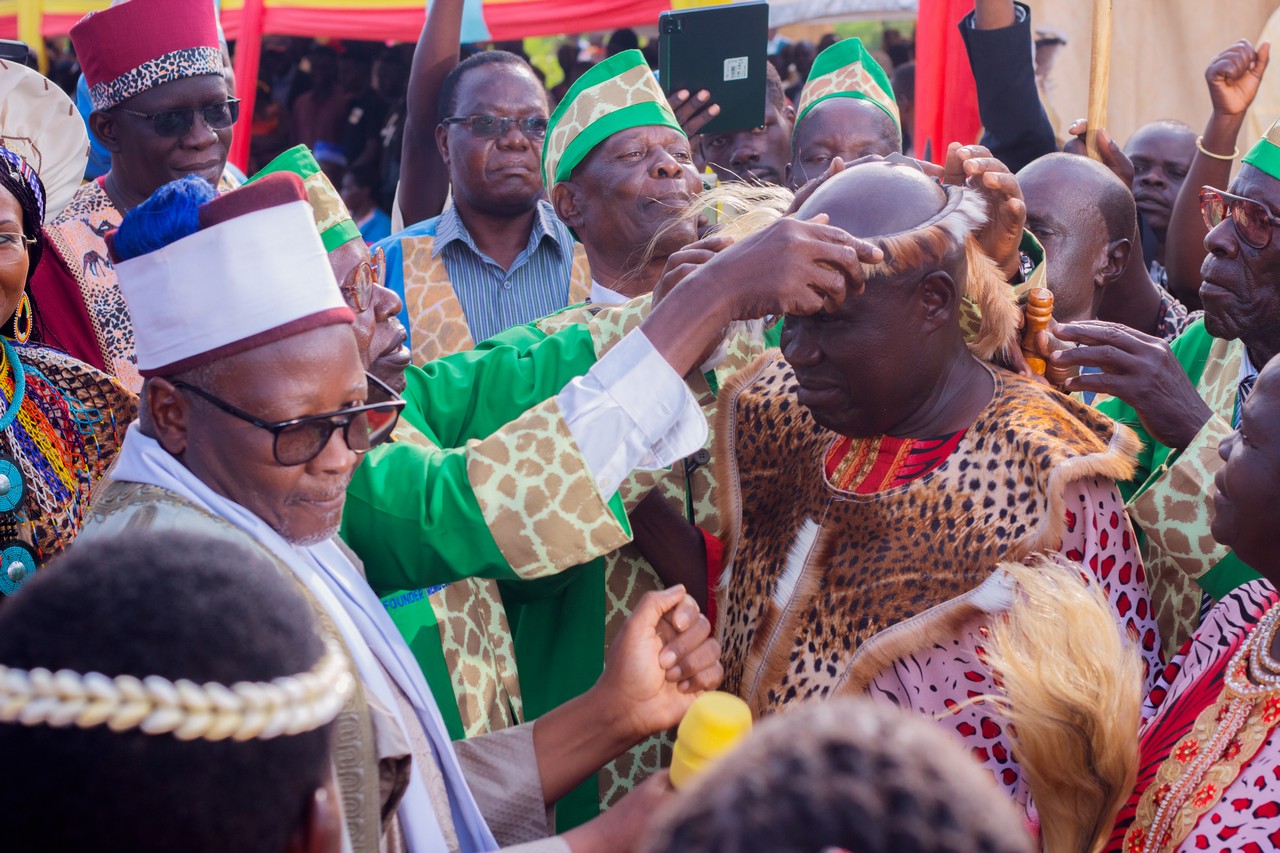Won Ateker Papa me Kumam, whose full title is His Royal Highness (HRH) Won Ateker Papa me Kumam, is the supreme cultural leader of the Kumam people, an ethnic group primarily residing in eastern Uganda. His title, “Won Ateker,” translates roughly to “King of the Ateker” or “Paramount Chief of the Relatives,” reflecting the Kumam’s ties to the broader Ateker ethnic cluster (including groups like the Iteso, Karamojong, and Turkana). The Kumam, numbering around 720,000 as per the 2024 census, inhabit the Kumam Sub-Region, including districts such as Kaberamaido, Soroti, Soroti City, Kalaki, Serere, Dokolo, and Amolatar. They are part of the Hamitic ethnic family and share linguistic and cultural affinities with neighboring Ateker peoples, though they have adopted some Western Nilotic influences from the Lango due to historical interactions.

Raphael Otaya serves as the current Won Ateker, leading the Kumam Cultural Institution known as Etok me Kumam (Kumam Cultural Heritage). The Kumam traditionally lacked a centralized monarchy but were governed by a council of clan leaders (Wegi Ibukui) and elders (Wegi Etok Me Kumam), who handled law, order, politics, and social affairs. In the early 2010s, Kumam elders, feeling marginalized under the broader Iteso Cultural Union (led by figures like Papa Augustine Osuban), pushed for an independent cultural leader to preserve their distinct language, traditions, and identity. This movement gained momentum around 2011–2012, with elders proposing titles like “Wonatekerin” or “Wonswap” before settling on “Won Ateker Papa me Kumam.” Otaya was installed as the inaugural holder of this title, transforming the Kumam into a formal chiefdom. He oversees a cabinet that includes a prime minister (currently Samuel Eyenga), deputy prime ministers, and ministers responsible for cultural, educational, and developmental initiatives.
As supreme leader, Otaya acts as the custodian of Kumam heritage, promoting the Kumam language (a dialect influenced by Ateker roots and Lango elements), traditional practices, and community welfare. Key efforts under his leadership include:
His leadership has helped the Kumam navigate challenges like cultural erosion and economic marginalization in the Teso and Lango sub-regions, fostering unity among over 20 clans.